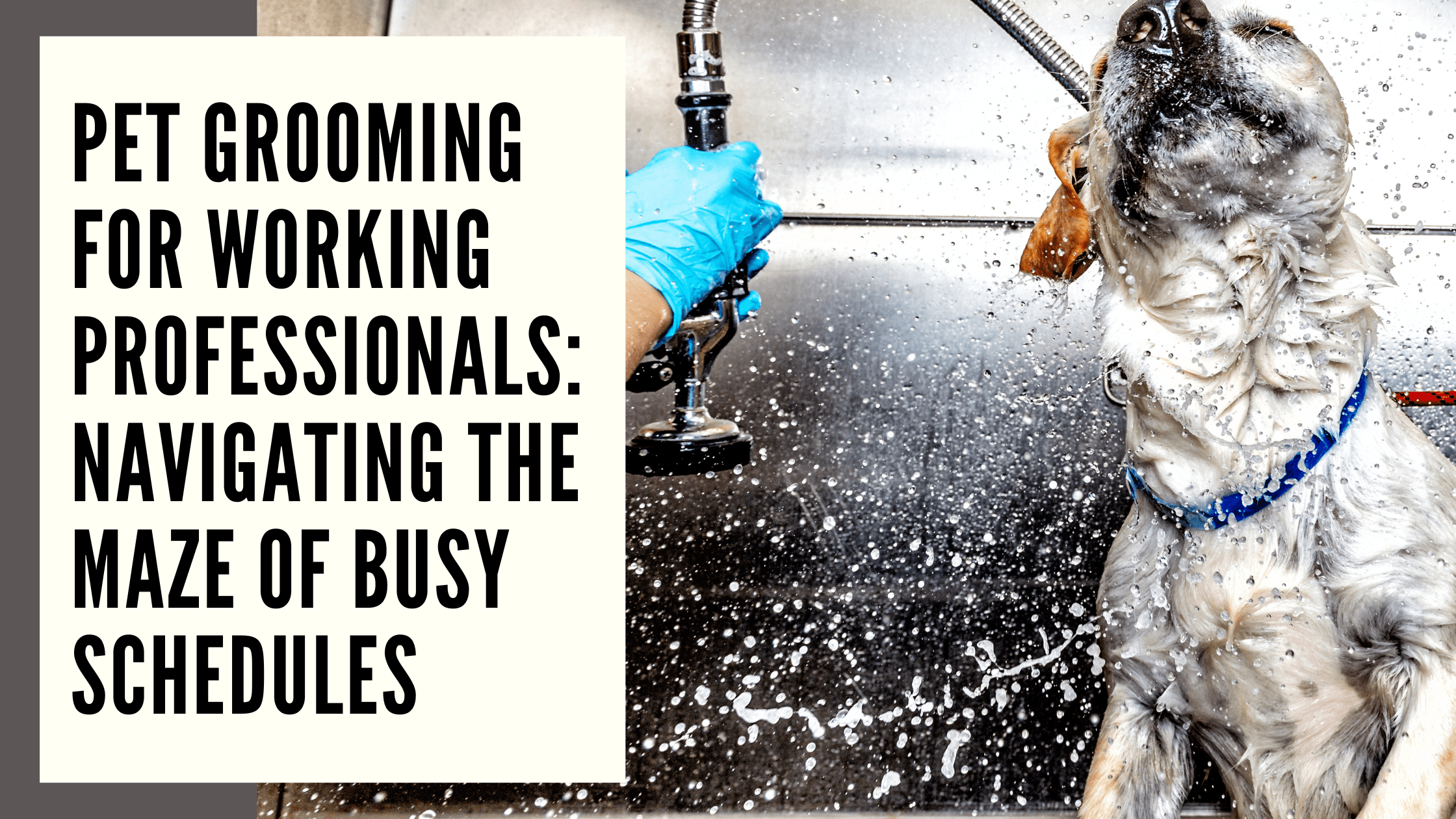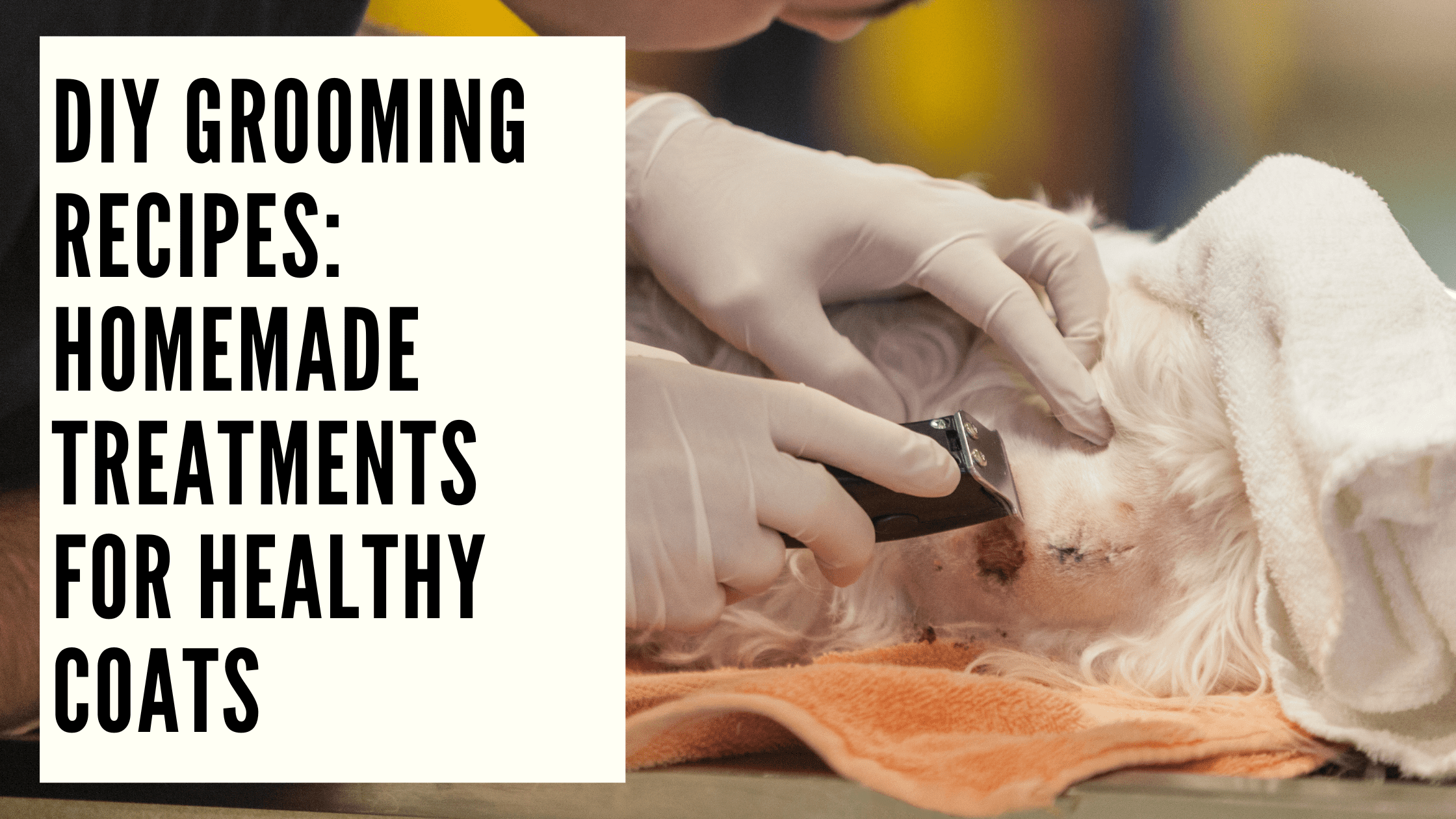Pet Grooming for Working Professionals: Navigating the Maze of Busy Schedules
As the trend of pet ownership among working professionals continues to rise, so does the challenge of harmonizing the demands of a busy career with the responsibilities of caring for a beloved pet. This detailed guide aims to unravel the complexities of managing pet grooming within a hectic schedule. Beyond the surface of routine grooming, this article delves into the intricacies of balancing work and pet care, providing valuable insights for those navigating this delicate balance.
Understanding the Impact of a Busy Schedule
To truly comprehend the challenges faced by working professionals in pet grooming, we must first immerse ourselves in the intricacies of a typical day in their lives. From early morning meetings to late-night deadlines, every moment is accounted for. This section meticulously analyzes the time constraints and scheduling challenges that form the backdrop of a working professional’s daily existence.
Navigating Grooming Struggles
Grooming challenges are multifaceted, ranging from time constraints to emotional barriers. This section takes a deep dive into the common struggles faced by busy individuals, acknowledging the significance of addressing these challenges for the overall well-being of both pets and owners.
A Comprehensive Guide to Quick and Effective Grooming
Efficiency is the key to successful pet grooming for the time-pressed professional. This part of the article provides an extensive guide to quick and effective grooming sessions. It introduces innovative grooming tools designed to save time and energy while ensuring the highest standards of care for our furry companions.
Incorporating Grooming into Daily Routines
Strategies for seamlessly weaving grooming tasks into daily routines are crucial for maintaining a balance between work and pet care. This section explores innovative ways to ensure that pets receive the attention they deserve without becoming a source of stress for the busy professional.
Essential Grooming Tools for the Time-Pressed Professional
Navigating the vast array of grooming tools available in the market can be overwhelming. To assist busy individuals, this section offers detailed reviews and recommendations for grooming tools tailored to their unique needs. A curated toolkit is presented, comprising items that are not only effective but also time-efficient.
The Pros and Cons of Professional Grooming Services
Outsourcing grooming responsibilities is a viable option for those with extremely tight schedules. This part of the article provides an in-depth analysis of the pros and cons of hiring a pet groomer, empowering individuals to make informed decisions based on their specific circumstances.
DIY Grooming Techniques: A Step-by-Step Guide
For those who prefer a hands-on approach, this section serves as a comprehensive guide to at-home grooming techniques. Covering various pets and breeds, it addresses specific grooming challenges faced by busy professionals and provides practical solutions.
Crafting a Personalized Grooming Schedule
A structured grooming routine is essential for the well-being of pets and owners alike. This section underscores the importance of a grooming schedule and offers practical tips for developing a personalized plan that seamlessly integrates with a hectic lifestyle.
Overcoming Emotional Barriers: Guilt and Prioritization
Balancing work and pet responsibilities often comes with emotional challenges, including guilt and conflicting priorities. This part of the article dives into the emotional aspects, providing strategies to overcome guilt and prioritize pet care without compromising career goals.
The Interconnectedness of Work and Pet Health
Understanding the interconnectedness of a busy lifestyle and pet health is crucial. This section explores the impact of work commitments on pet well-being and offers practical strategies to strike a balance.
The Therapeutic Value of Grooming
Beyond the physical benefits, grooming holds therapeutic value for both pets and owners. This section explores how grooming enhances the mental well-being of pet owners and strengthens the bond between pets and their human companions.
Staying Proactive: Regular Check-ups and Preventive Care
Proactive measures, such as regular vet visits and preventive healthcare, are essential for maintaining a healthy pet. This section emphasizes the importance of staying informed about pet health and integrating preventive measures into the daily routine.
Building a Supportive Community for Busy Pet Owners
Connecting with like-minded individuals is invaluable on the journey of balancing work and pet care. This section explores online and offline avenues for building a supportive community, offering advice, tips, and encouragement for busy pet owners.
Conclusion
In conclusion, navigating the maze of busy schedules and pet grooming is challenging but entirely feasible. This article has provided an extensive guide, offering insights, strategies, and practical tips for working professionals to harmonize their work and pet care responsibilities. Remember, a thriving pet contributes to a fulfilling and balanced life.
FAQs
1. How do I choose grooming tools that suit my busy schedule?
Look for multipurpose tools with positive reviews, and consider the specific needs of your pet.
2. Can I groom my pet effectively without professional assistance?
Absolutely! The article provides a step-by-step guide to DIY grooming techniques tailored for busy individuals.
3. Are there specific breeds that require less grooming?
Yes, some breeds are low-maintenance. However, every pet requires regular care, and the article covers tips for various breeds.
4. How do I address guilt associated with not spending enough time with my pet?
The article discusses strategies to overcome guilt and emphasizes quality over quantity in pet interactions.
5. Where can I find online communities for busy pet owners?
Explore social media groups, forums, and pet-related websites. The article provides guidance on building a supportive network.









